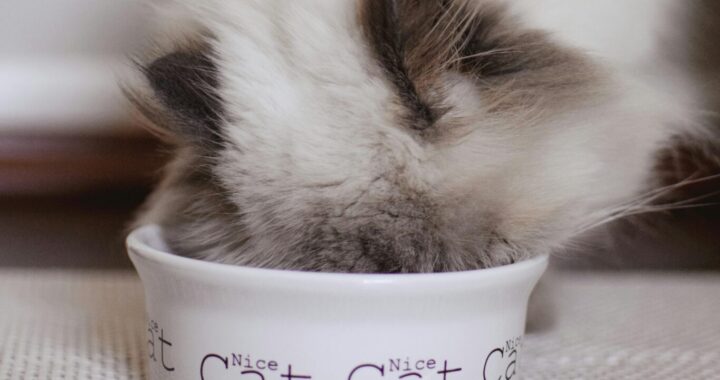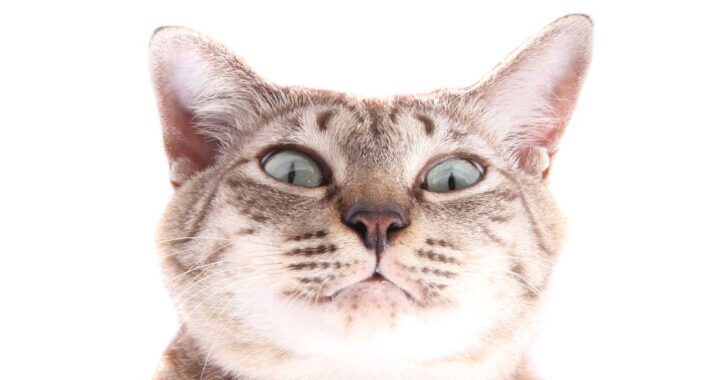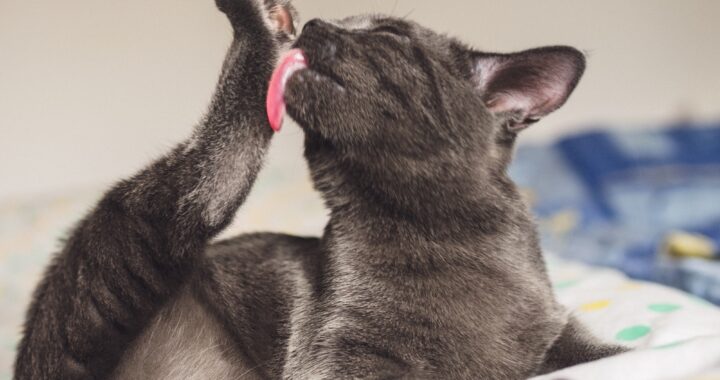Every cat parent has been there. You were loving on your cat, they were purring, everything was groovy… And now they’re telling you “no thank you” with their back legs and teeth. It’s a common problem called “overstimulation” or “overarousal,” and it’s pretty simple to address. From your cat’s perspective, your petting session went from being nice to being a little too much—you just needed to stop a bit sooner.
Cats are sensitive like that, but it’s pretty easy to work around. You just have to be fluent in kitty body language. Warning signs that your cat’s had enough include a turn of the head to look at your hand, ears pricked forward (“airplane ears”), a swishing tail or the subtle bristling of hairs along the shoulders or back.
What should you do if you see these signs? Simply stop the action and remove your hand from the cat. Wait for your cat to initiate any further social interaction. (For example, they may try to “pet” you with a head nudge or a rub.) If your cat walks away, that is a great sign they are confident making choices that help them stay comfortable and happy.
Physical cues are your cat’s only way to communicate this feeling to you, so it’s important that you learn to pick up on them. Even if your cat lashes out and attacks your hand, remember to stay calm, be still, and de-escalate.
Petting Tip
Cats aren’t necessarily into long strokes from head to tail, like many people instinctively offer. They typically prefer head rubs, nudges, and short strokes that are similar to a mama cat’s lick. Called “allorubbing,” is a very important social interaction among cats and they will share that interaction with us humans as well!
That said, every cat is a unique individual. The most important thing is to read your kitty friend’s body language!




